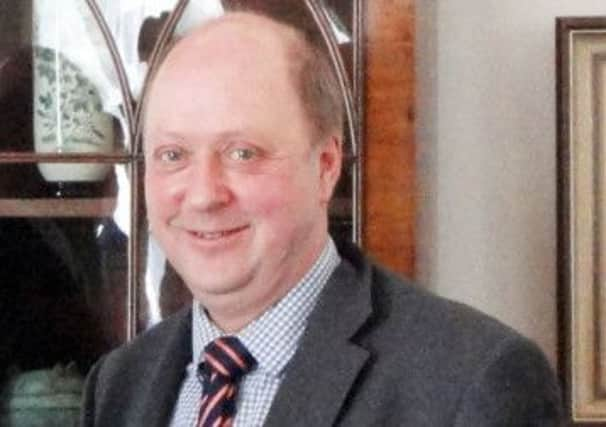Reassurance over Brussels’ plans for farm ‘tax’


And at the event, organised by farm business consultants Andersons, it was claimed that what appeared to many to be the major fly in the ointment of the agreement – “degressivity” – might not be as bad as was first feared.
Although this “income tax-like” reduction which decreased any payments over and above €150,000 (£127,000) by 5 per cent had been agreed, Richard King, Andersons partner and head of business research, said that even for relatively large businesses the effects were likely to be small.
Advertisement
Hide AdAdvertisement
Hide Ad“And it would seem unlikely that many farms or estates would want to incur the costs of restructuring their businesses in response to this,” he said.
As the “greening” element of the payment – which would account for 30 per cent – would escape the cut, he said the effective reduction was only likely to be 3.5 per cent on payments over the €150,000 limit.
For instance, for a business receiving €352,000, he said that the total “degressivity” loss was likely to be €4,820 after the greening and the first €150,000 “personal allowance” elements had been removed from the equation.
However, the overall outcome would still be influenced by the level at which any supplementary voluntary capping was set: “It looks like England will stick to the mandatory minimum – but Wales has consulted on capping above the minimum level and on making no basic payments in excess of €300,000.”
He said that the approach likely to be taken by the Scottish Government in this area was still unclear and added that the Scottish line on modulation – which would see funds transferred from direct payments under pillar 1 to rural development pillar 2 payments – also required clarification.
King said that, as the rules had changed and government match-funding was no longer required under the new scheme, England looked set to transfer the maximum rate of 15 per cent into rural development payments. “But the situation for Scotland is not yet clear. However, if they need to have decent funding for the less favoured area schemes, they are unlikely to get away with no modulation,” he said, and suggested that a figure of 12 per cent might not be too wide of the mark.
Another crucial point for Scottish producers would be the land eligibility tests – and getting the stocking rate requirements right would be of the utmost importance.